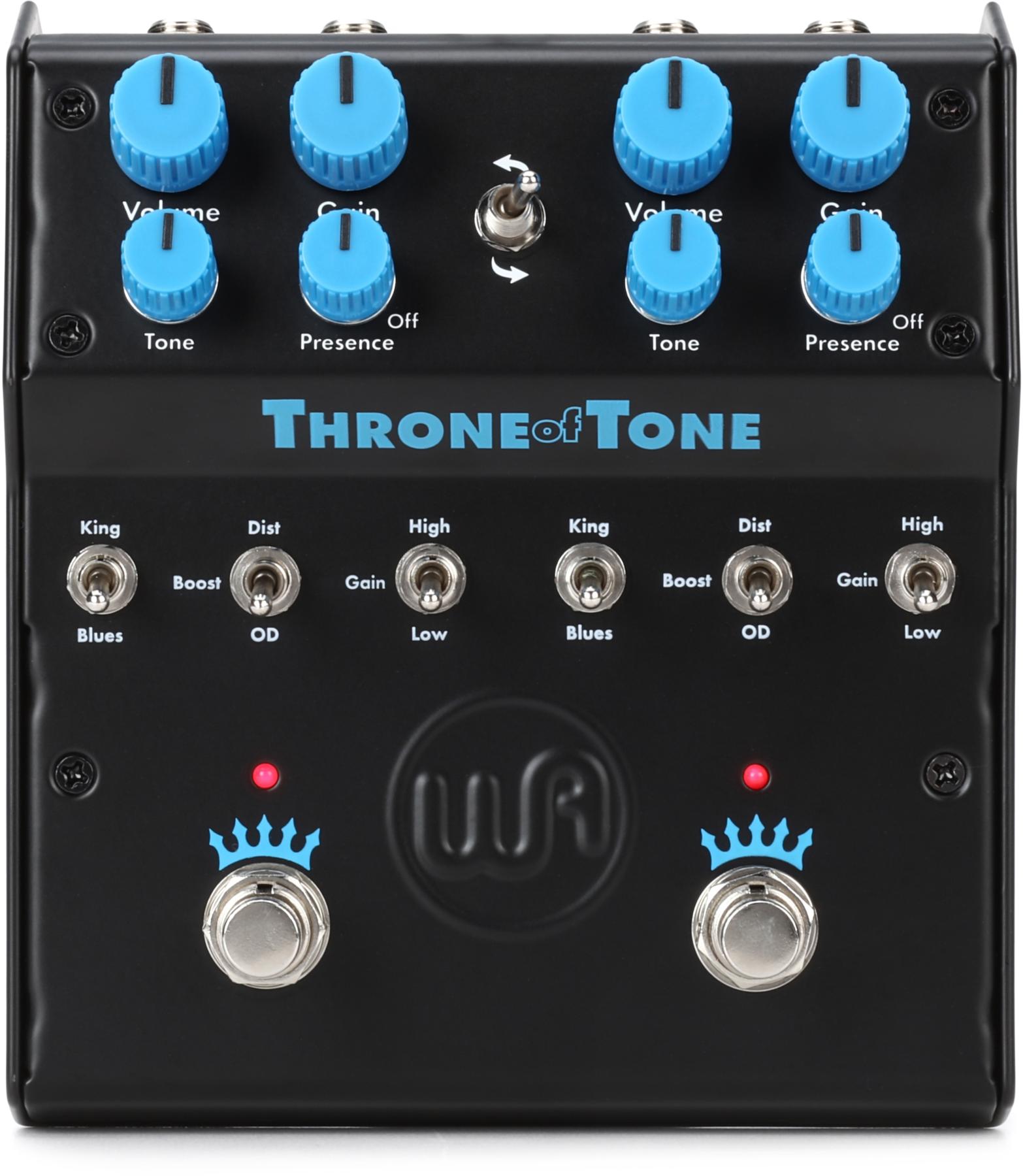Galo Durazno Palacios: Ode to Page
“I’m always looking for that Jimmy Page The Song Remains the Same tone,” explains Palacios. “So, I built my pedalboard around that idea. My setup right now is just as it is in the picture: TC Electronic PolyTune, Vox V845 Wah (modified for true bypass), Tone Bakery Creme Brulee (got it because of Premier Guitar’s review), TC Electronic NM-1 Nova Modulator (mostly used as a phaser), and a MXR Carbon Copy Analog Delay. This is now going in front of my Blackstar HT Studio 20 head on a crunch setting in the overdrive channel. I actually prefer my Catalinbread Dirty Little Secret into the clean channel instead of the amplifier overdrive, but it’s broken so I don’t have a choice right now. In the loop, I use the TC Electronic Hall of Fame Mini Reverb. Everything is powered by two Truetone 1SPOTS. Then the head goes to a Line 6 4x12 with two Celestion V30s and two Celestion customs. This really nails that bright, almost Tele-like sound that I was looking for. It can sound too bright by itself, but in the mix it really cuts through and sounds very similar to Page’s tone.”
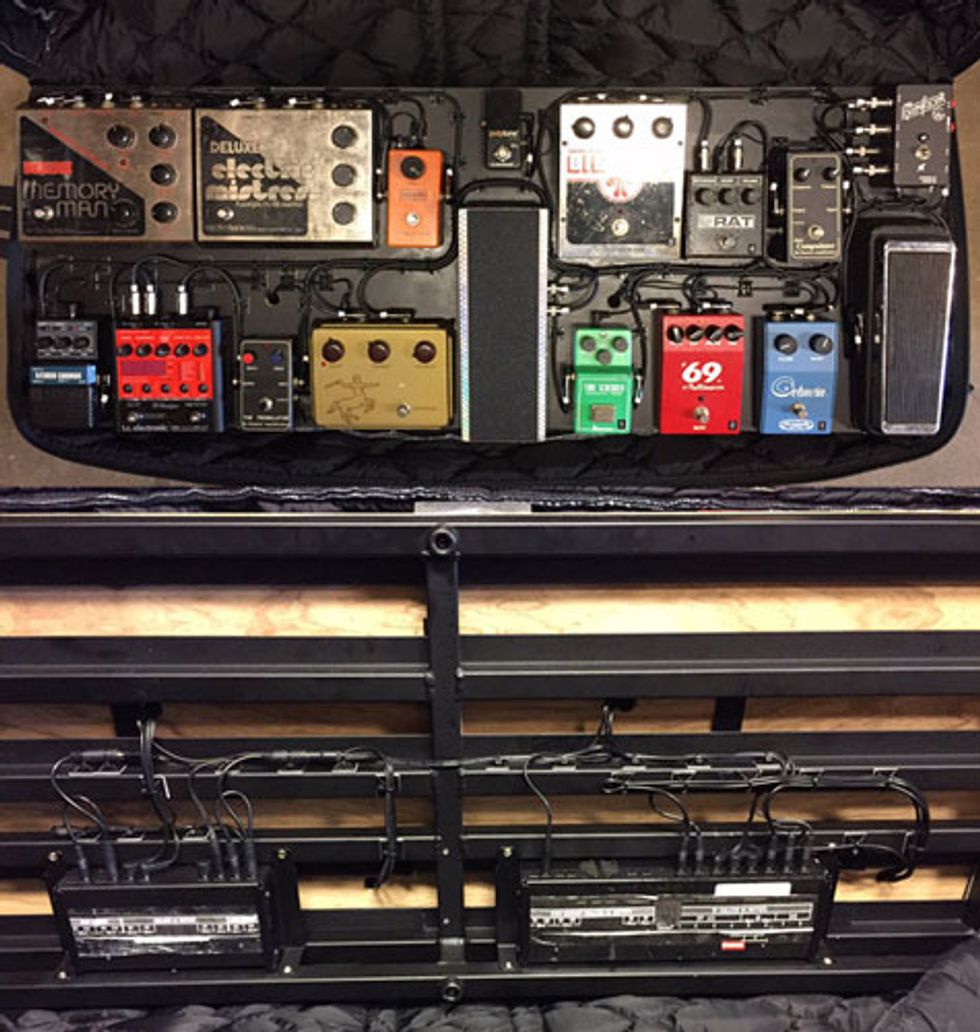
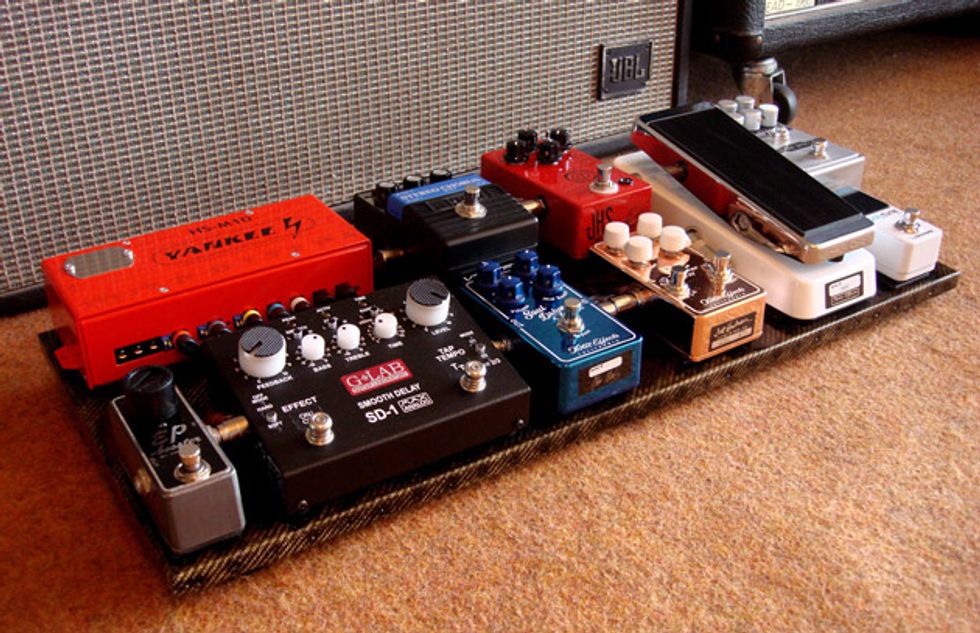
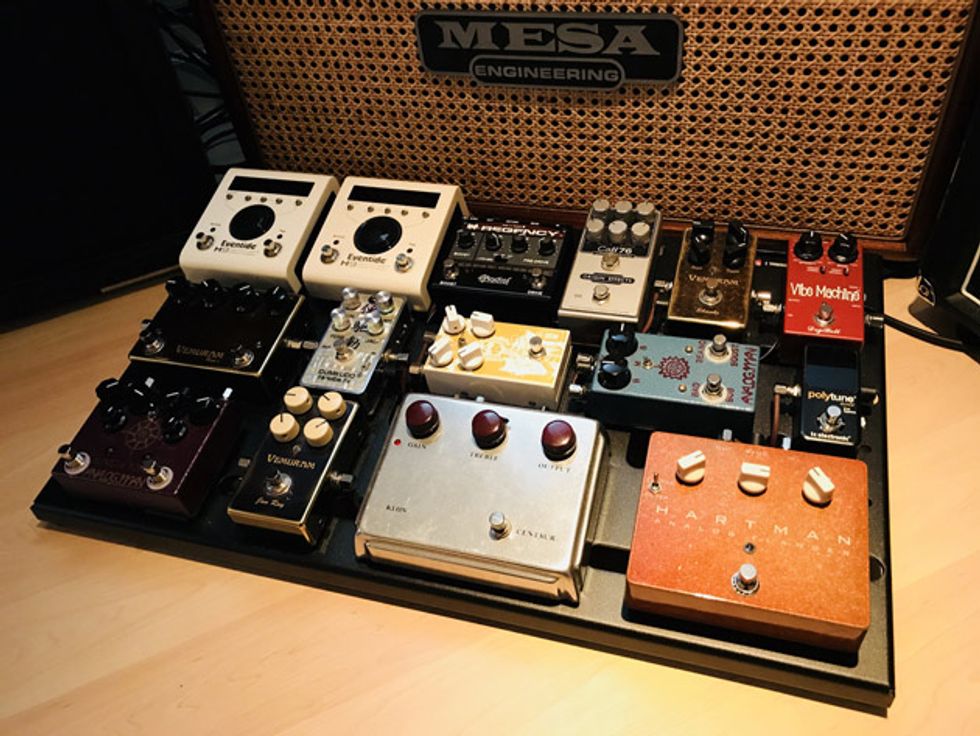
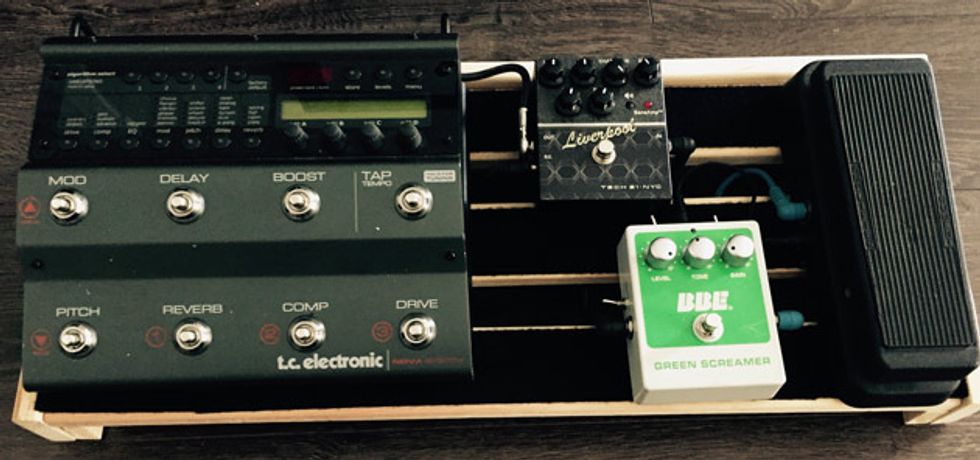
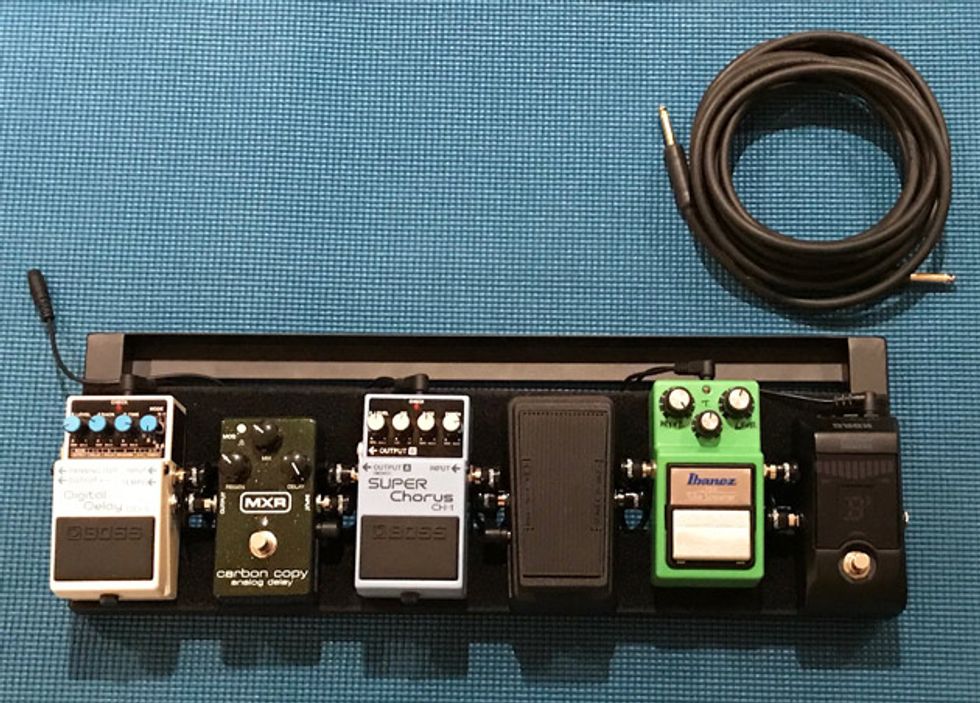
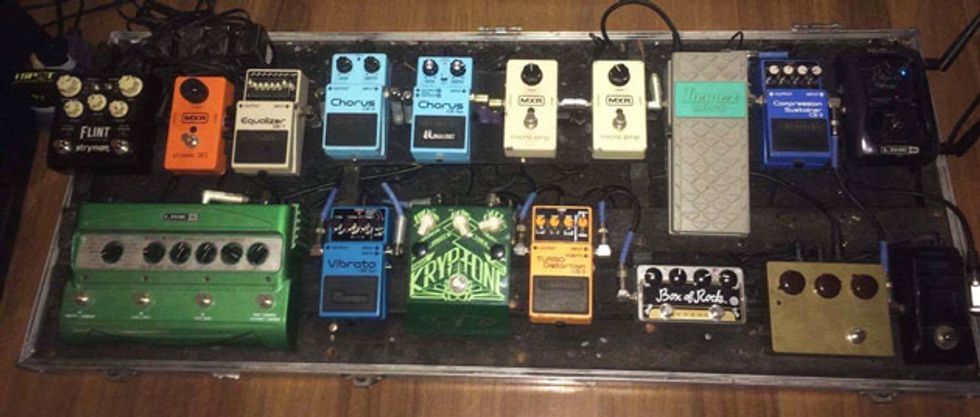
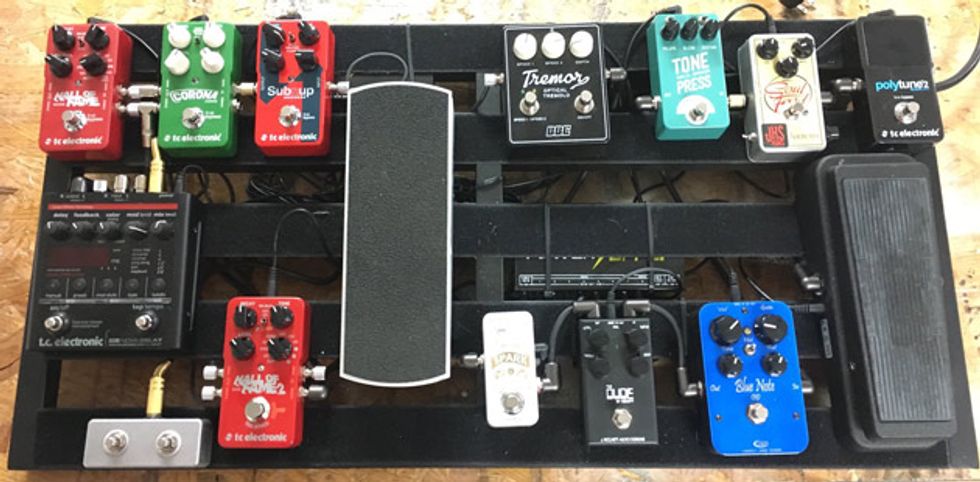
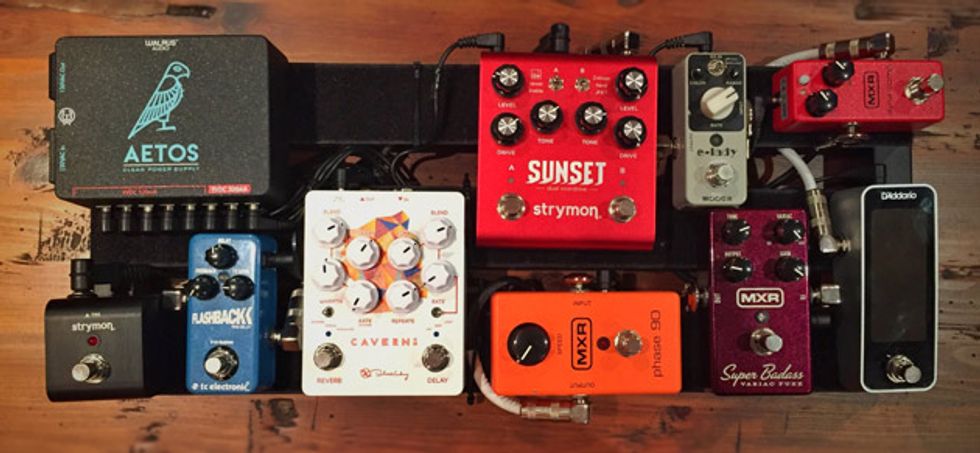
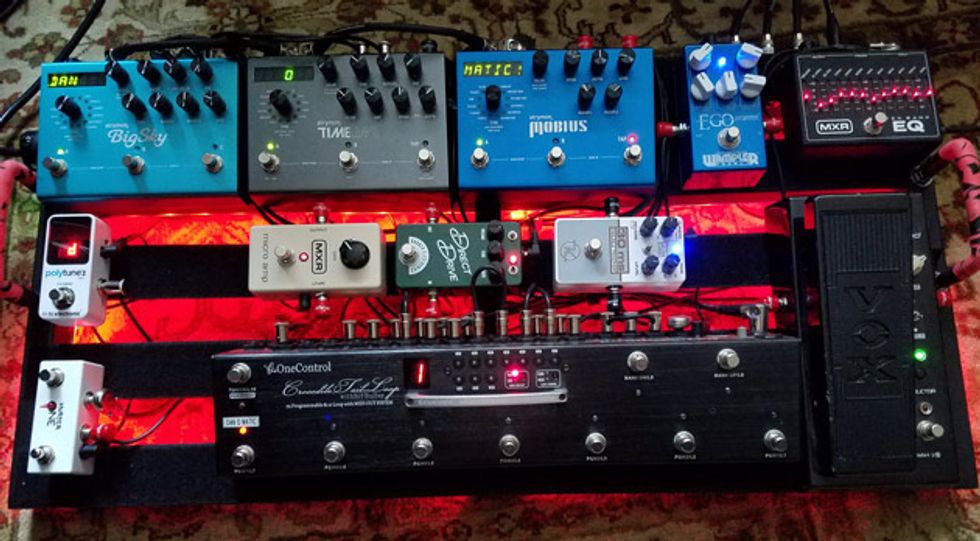
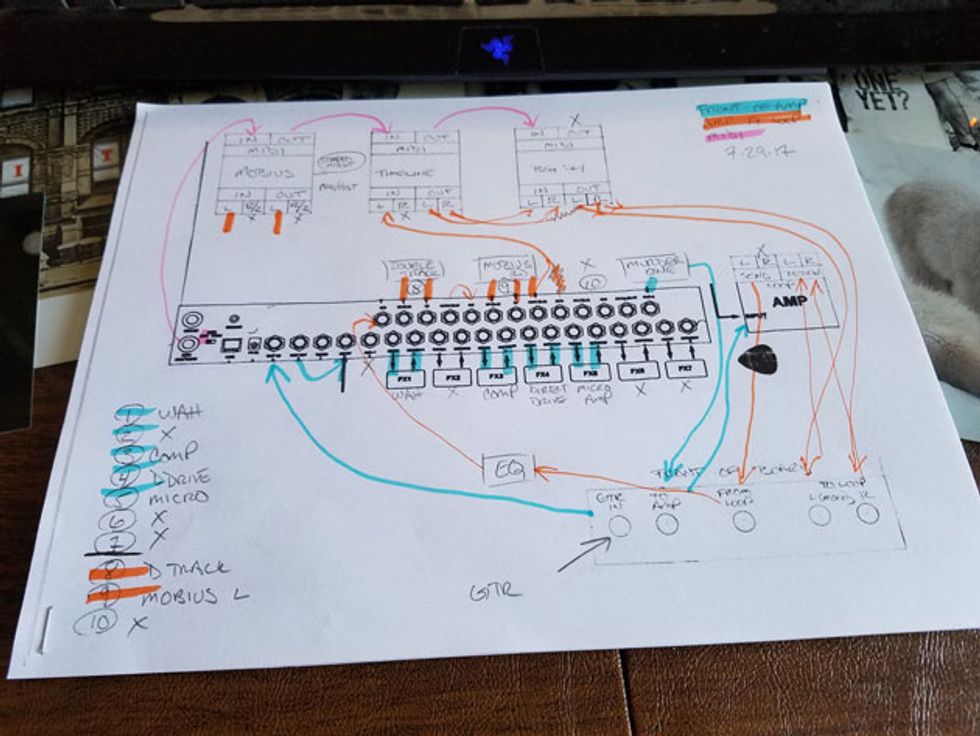
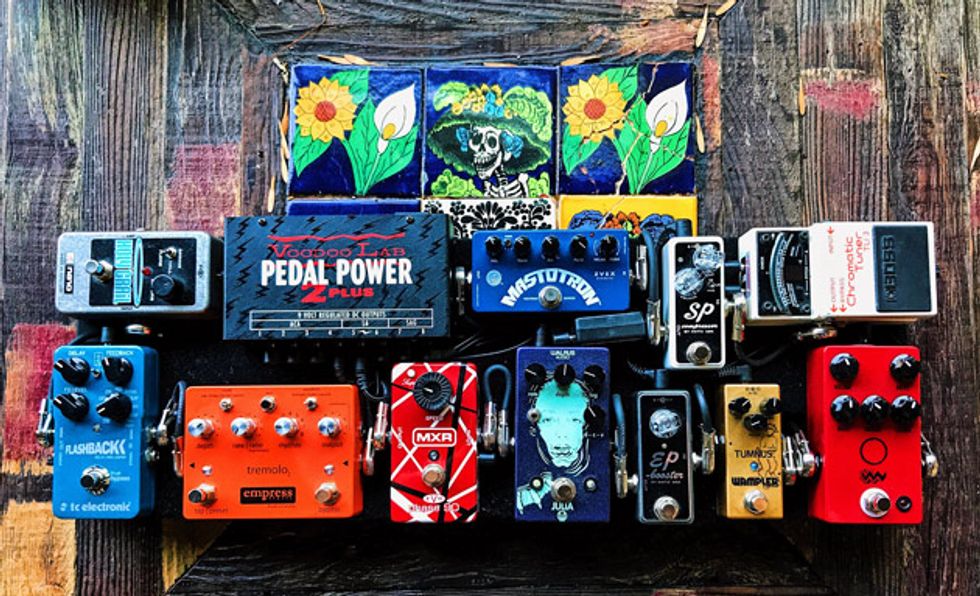
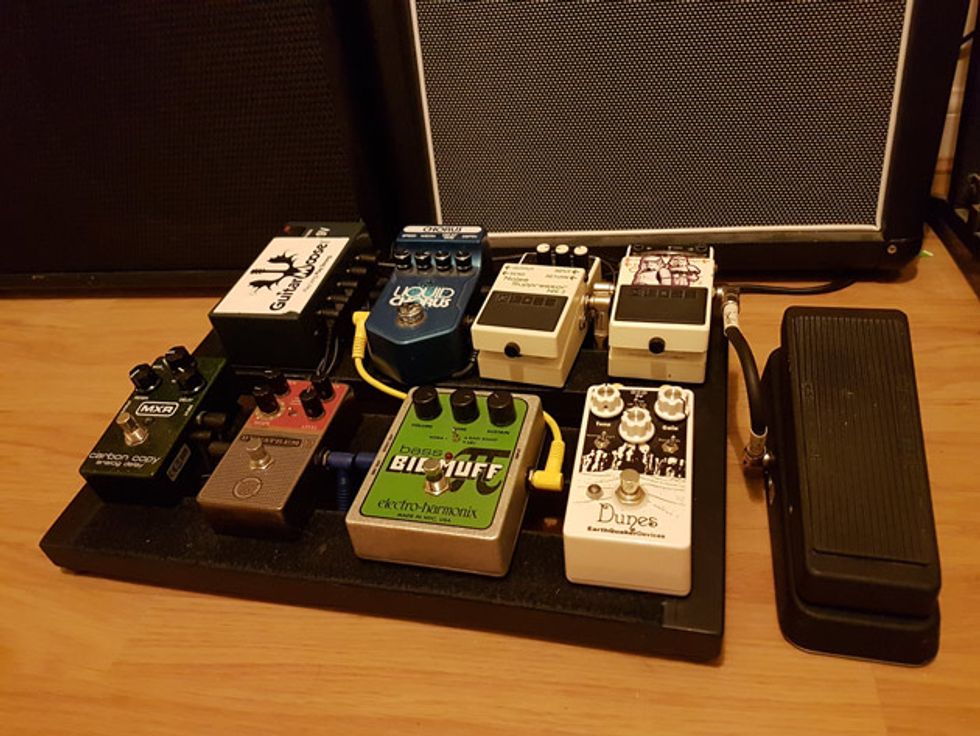
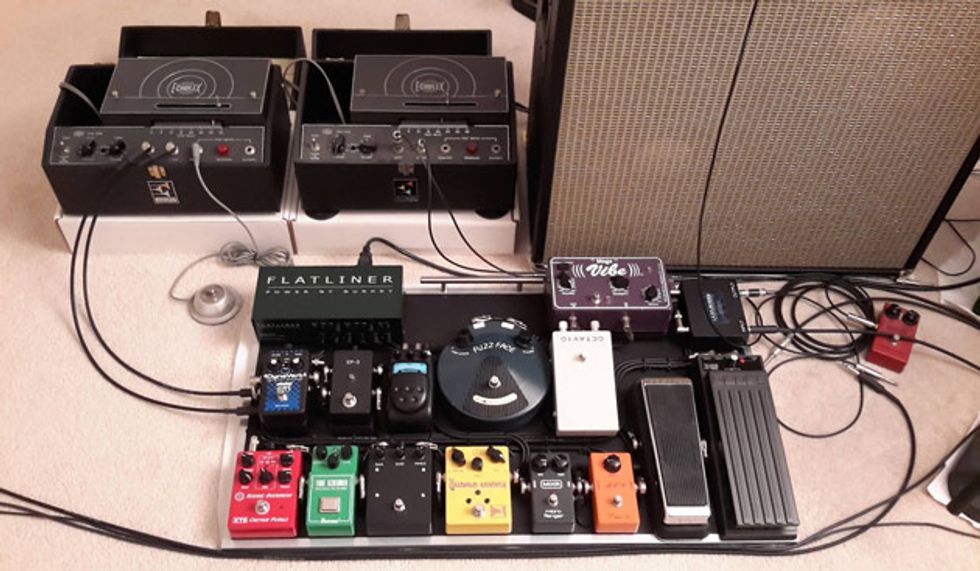
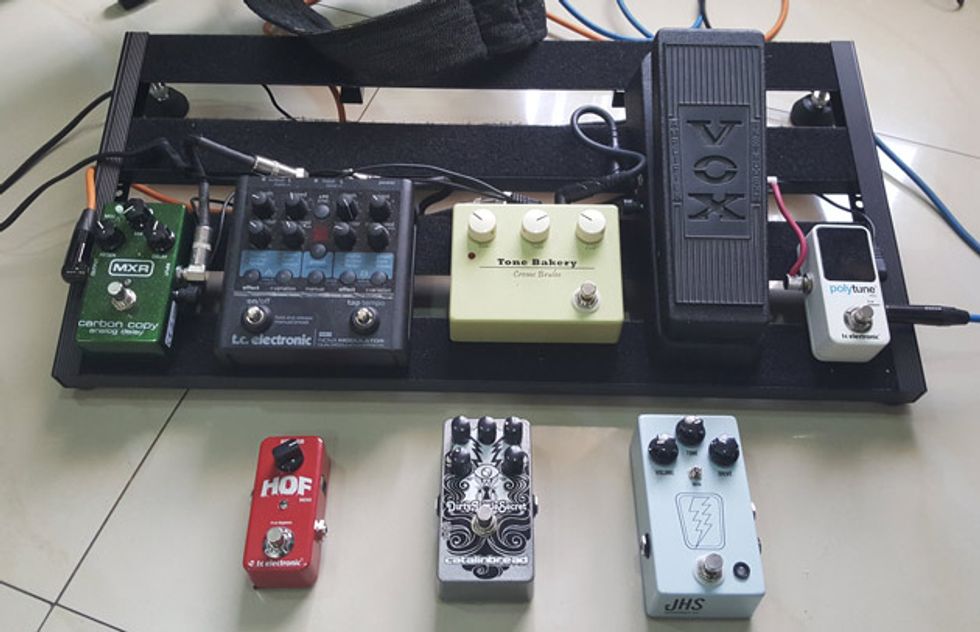
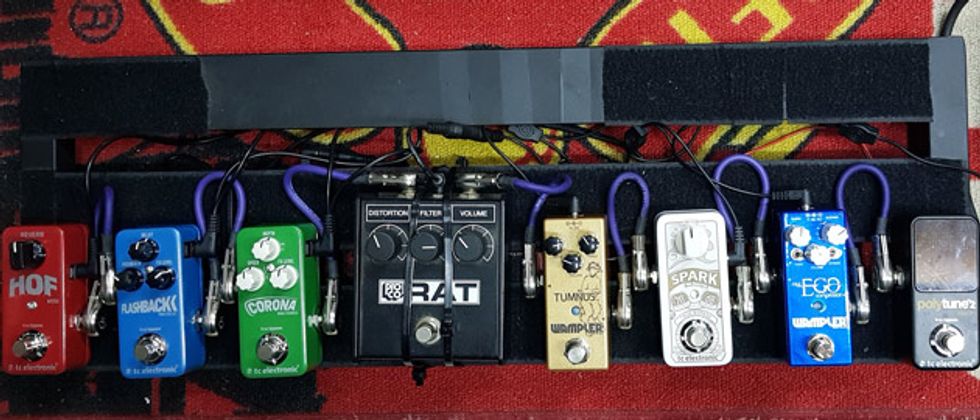
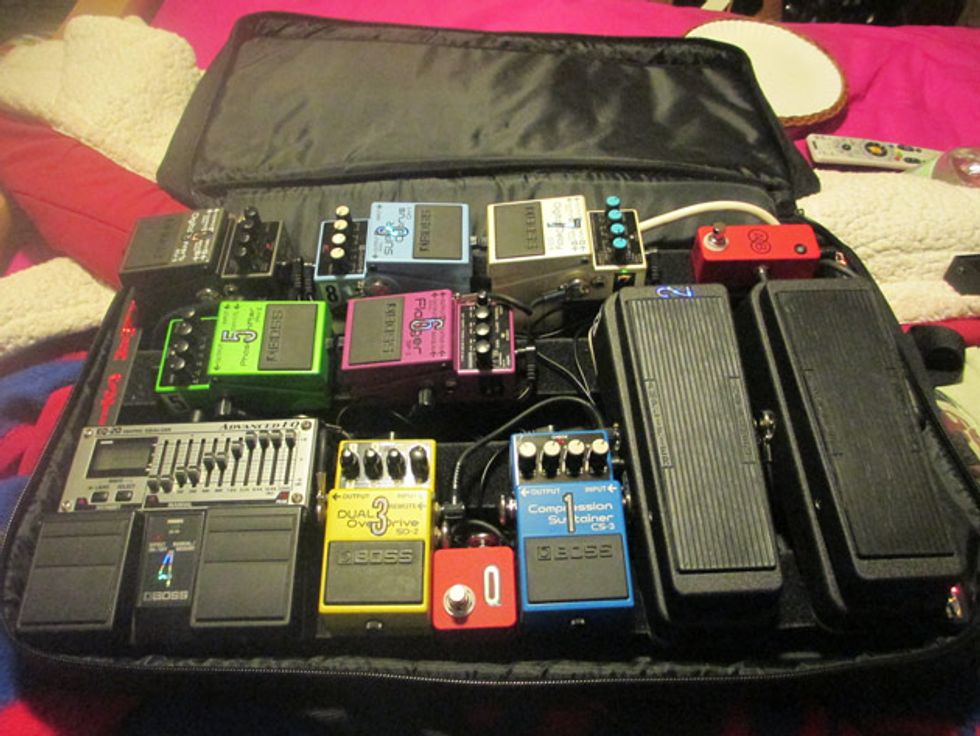
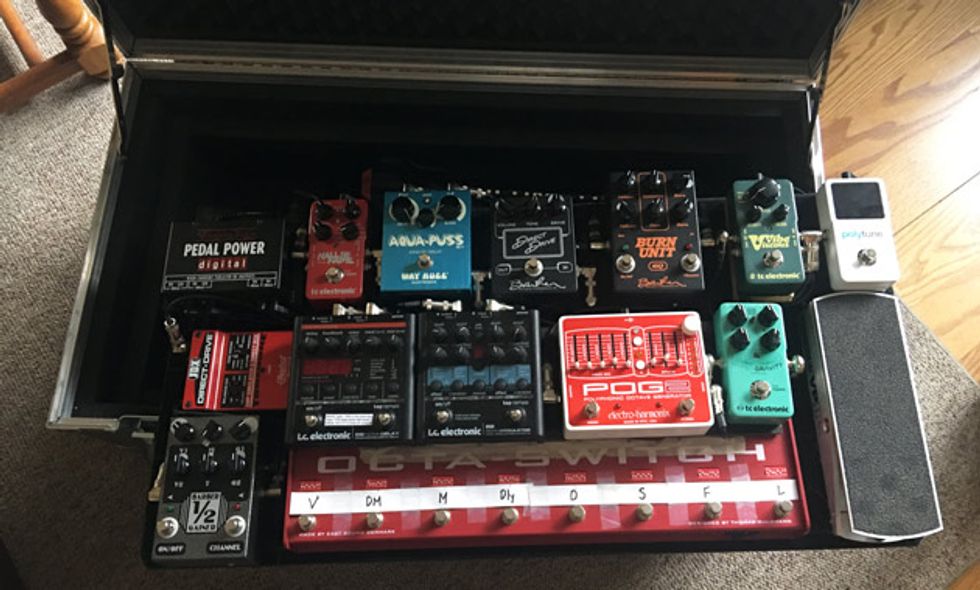
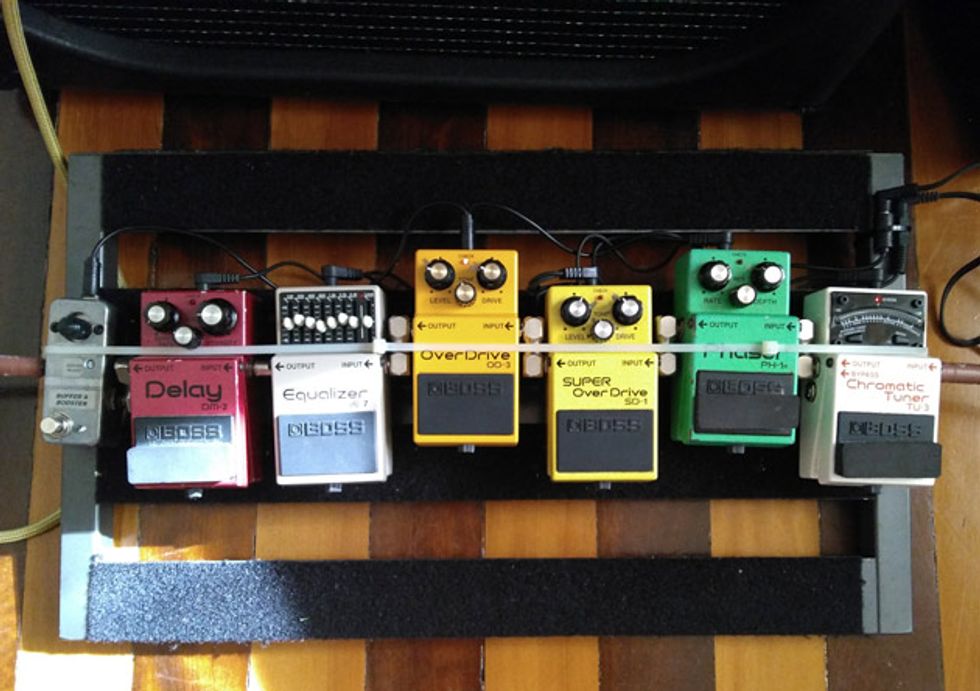
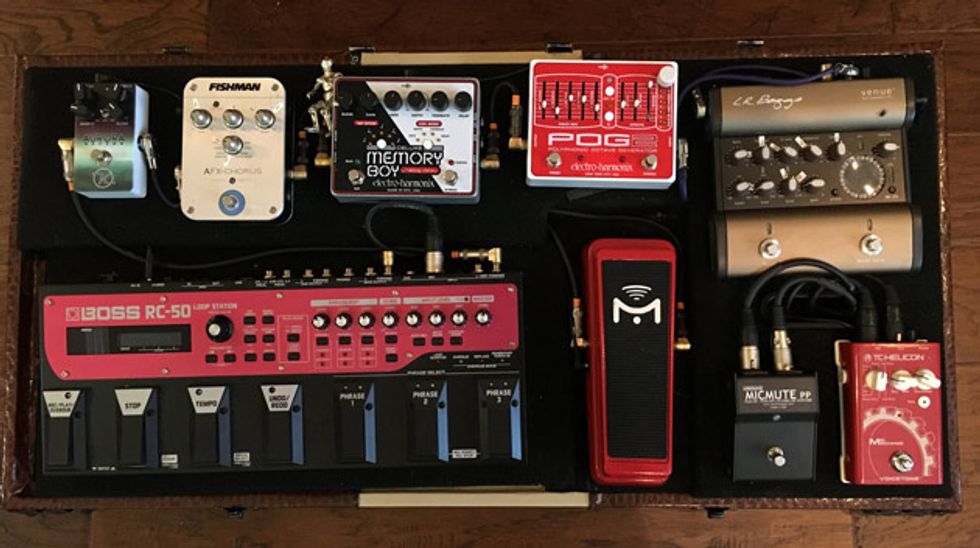
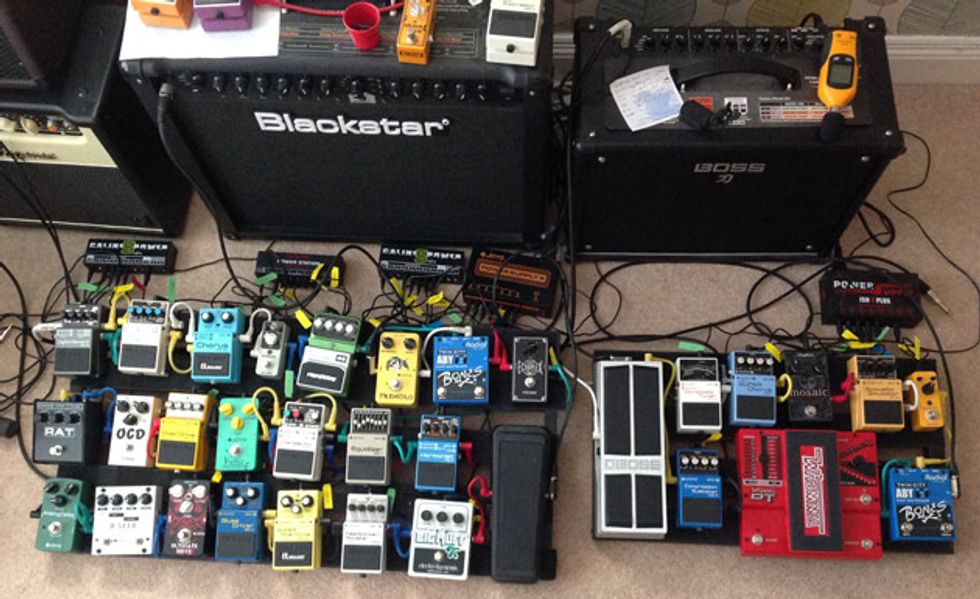
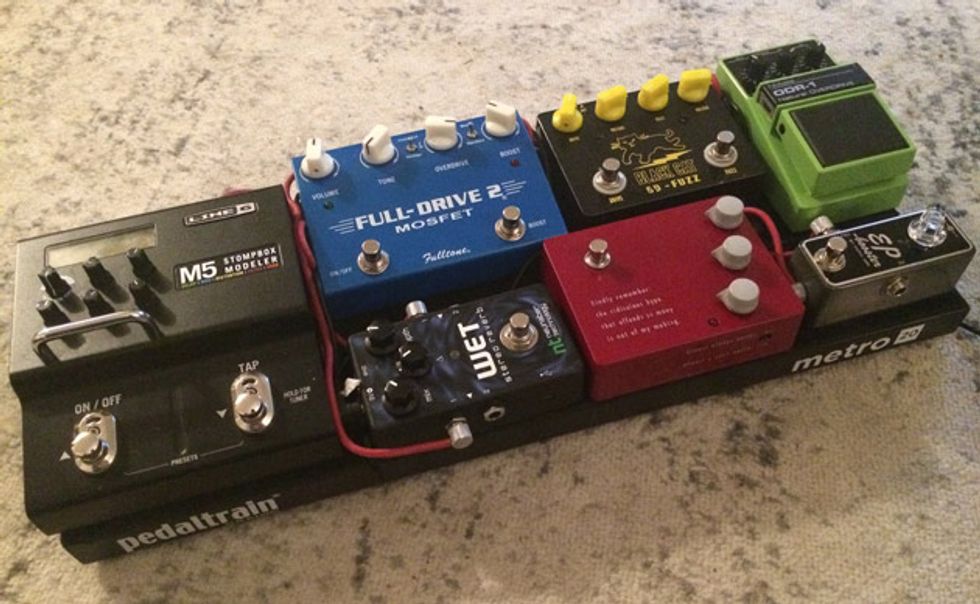
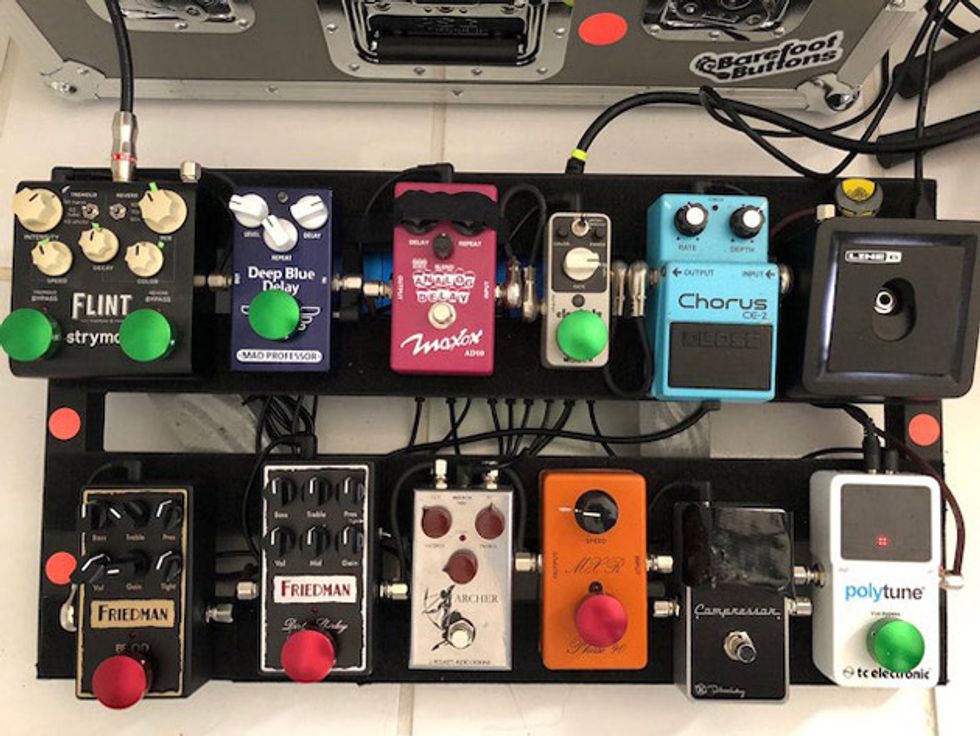
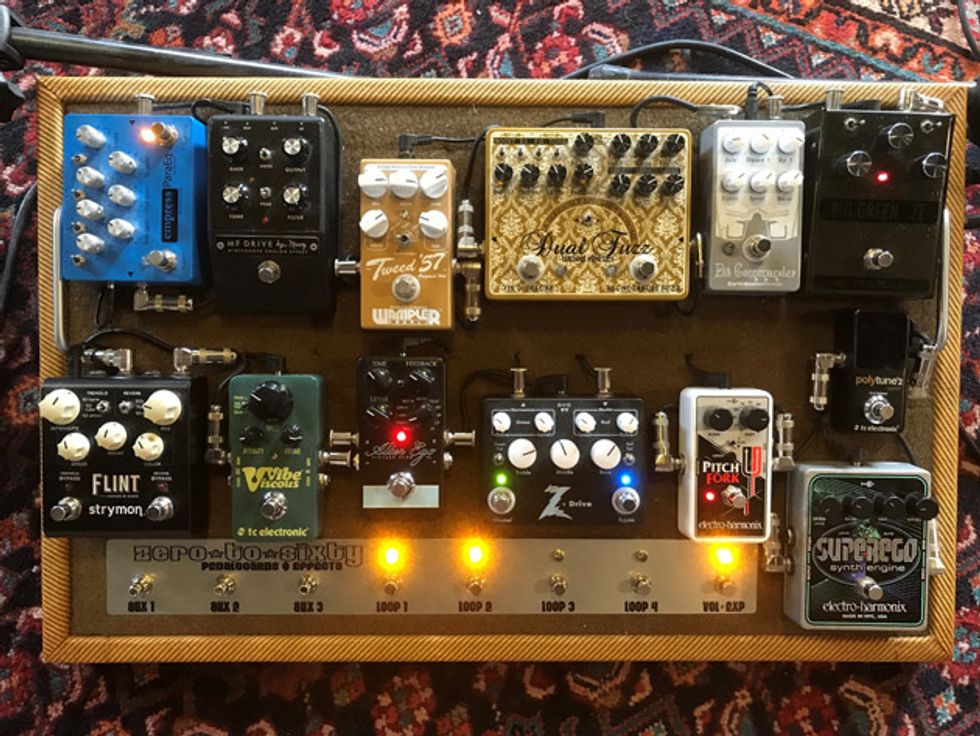
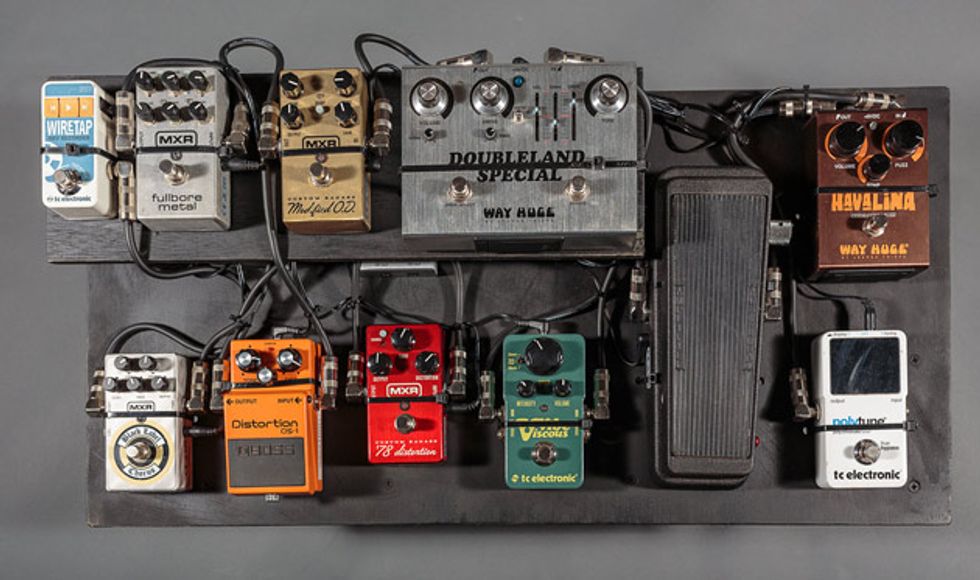
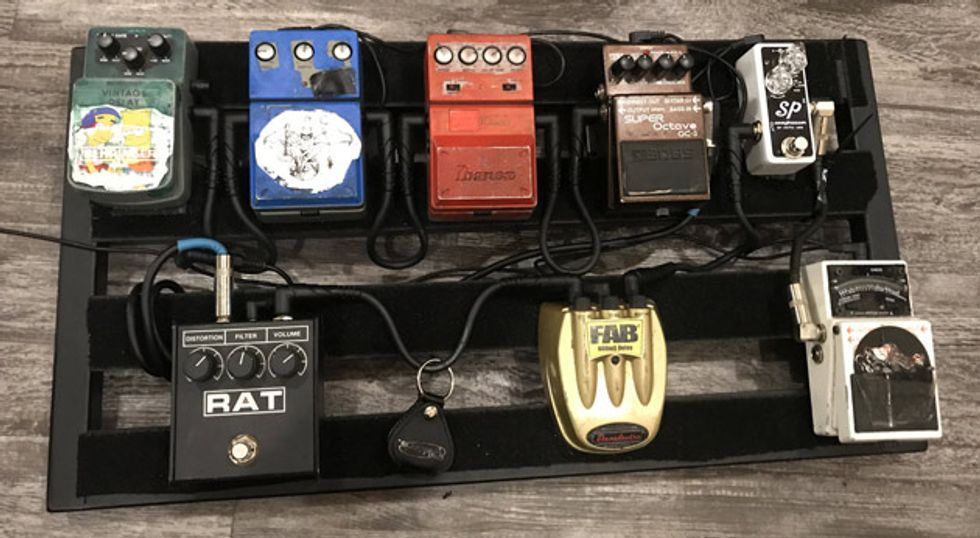
It’s that time of year, when Premier Guitar readers from such disparate places as Florianópolis, Brazil, to Katy, Texas, share with us their prized collection of sonic goodies. All kinds of players write in: Sunflower Bean’s frontman/guitarist Nick Kivlen goes down memory lane, describing how he acquired, through many years and sources, all the pedals he loves. Simon Gotthelf, who has his own YouTube channel dedicated solely to the world of guitar and demoing gear, shows us his fave pedal configuration. A few session guitarists give advice on grab-and-go stomp setups. And then there are dozens of players who call themselves “bedroom” guitarists, many of whom know more about how to wire up a board than some stars featured on Rig Rundowns. Now, let’s dig in!






![Rig Rundown: Russian Circles’ Mike Sullivan [2025]](https://www.premierguitar.com/media-library/youtube.jpg?id=62303631&width=1245&height=700&quality=70&coordinates=0%2C0%2C0%2C0)


























